Operation Eagle Claw ~ Remembering History
Rescue attempt of the Iran Hostages:
 Courtesy 16th SOW Historian
Courtesy 16th SOW Historian
Crews make final checks on three of the eight RH-53 Sea Stallion helicopters lined up on the flight deck of the nuclear-powered aircraft carrier USS Nimitz in preparation for Operation Evening Light, the Navy code name for the rescue mission to Iran. For the mission to go forward, six of the eight RH-53s had to make it into Iran in working order. Two were damaged in a severe sandstorm and had to turn back. Six of them did make it. But just before heading out to their next staging point, one developed a hydraulic problem, and the mission was scrubbed.

A rendevous area for the C-130's and the helicopters inside of Iran, was called Desert One. After they lost three helicopters, it was clear that the mission would have to be cancelled. The aircraft refueled and the Special Operations team loaded onto the C-130, it was determined that one of the helicopters had to be moved. It hit the C-130, causing the plane and the helicopter to erupt into a fireball.


The plan for a volunteer force of Joint Special Operations Group to inflitrate Tehran and rescue the hostages ended in equipment failure and a final ball of fire. They has risked all for a daring plan, endured sandstorms and still eight US sericemen died in the Great Salt Desert near Tabas, Iran.
Some of the charred bodies were taken through the streets of Tehran during massive protests. Secret operational documents were also discovered in the wreckage and put on display for the international media to examine.
April 25, 1980 — A defining moment for President Jimmy Carter, for the American people and for America’s military. At 7 a.m. a somber President Carter announced to the nation, and the world, that eight American servicemen were dead and several others were seriously injured, after a super-secret hostage rescue mission failed.

Remembering Heroes
The Memorial to the Fallen at Arlington National Cemetery
United States Marine Corps
SGT John D Harvey, 21, Roanoke, VA
CPL George N Holmes, Jr, 22, Pine Bluff, AR
SSG Dewey L Johnson, 32, Jacksonville, NC
United States Air Force
MAJ Richard L Bakke, 34, Long Beach, CA
MAJ Harold Lewis, 35, Mansfield, CT
TSGT Joel C Mayo, 34, Bonifay, FL
MAJ Lynn D McIntosh, 33, Valdosta, GA
CAPT Charles T McMillan II, 28, Corrytown, TN
"The sheer audacity of the mission, the enormity of the task, the political situation at the time. When I reflect on the results - both positive and negative - I'm awed.
The very soul of any nation is its heroes. We are in the company of giants and in the shadow of eight true heroes." - General Hugh Shelton, April 2000
To read a remarkable account of the mission:
http://www.af.mil/news/airman/0401/hostage.html
*******************
Visiting Arlington National Cemetery, I always stop at the memorial marker for those lost on this mission - picture shown above. Even though I remember the event vividly, I spent many days reading everything I could to know what had happened. One of the most interesting things I found was the report on the investigation of the event - archived at Jimmy Carter's Library - and the positives and negatives of the mission. From this tragedy the Special Operations Command was born - a unification of the Special Operations Forces which made them more effective in communication and working together. The ability to refuel at a remote site was also begun. This was not President Carter's brightest moment. It was an incredibly sad day for our military and for our country. I will ever honor them for trying to rescue their fellow Americans, regardless of the risky and flawed plan they were given.
To read more, go to the Iran Hostage Crisis
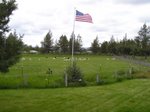













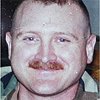


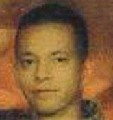









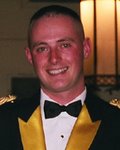






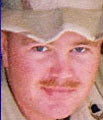
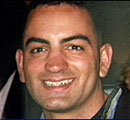





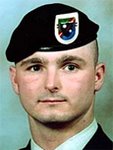


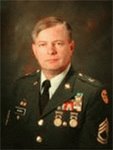

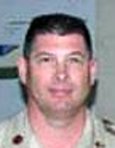
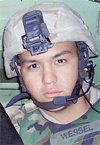
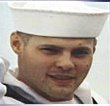





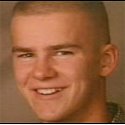
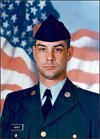


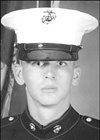
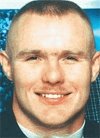
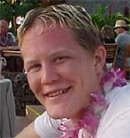






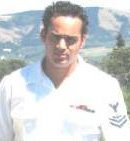

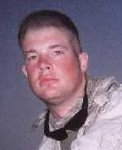
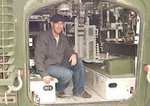
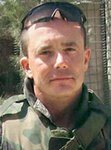



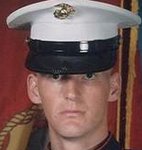
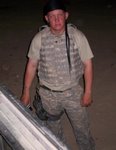
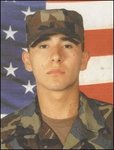
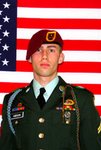

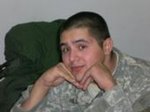
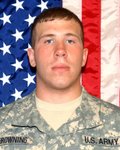






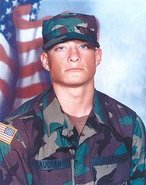
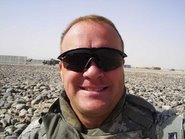
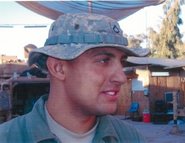

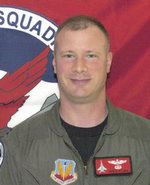
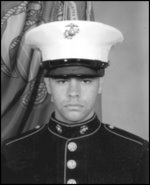
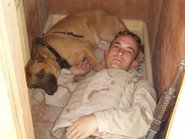
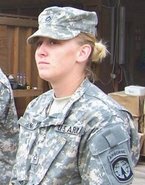

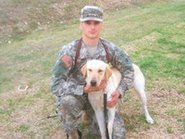

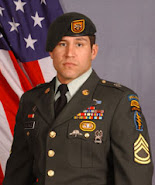






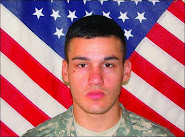



6 comments:
It was a bold and daring plan. Imagine how today's history with Iran might be different had we succeeded.
We were right to try and we should continue to plan and act in such bold ways.
It's just a shame that the Peanut President had so weakened our military at that point that we were unable to succeed.
The entire plan reads like a movie script - incredibly daring.
The PP had not given them all they asked for and this had a great deal to do with the failure.
Those were fine men that trained to take this on - died in the desert and were never given the acclaim they deserved.
The military did the best they could with what they had, the peanut farmer had ripped the heart out of the military by then.......
Interesting how when Reagan won the presidency just before his inaugeration the hostages were released. That's because Reagan would have sent a sizeable force, and Iran knew it. These men were heroes, but Carter was unwilling to use the full capability of our military to resolve the situation.
Carter was no friend to the military - then or now.
My father was a part of this operation and no one can control what happened! They were men from all over, they only trained for a few weeks and no one expceted the conditions!
Post a Comment